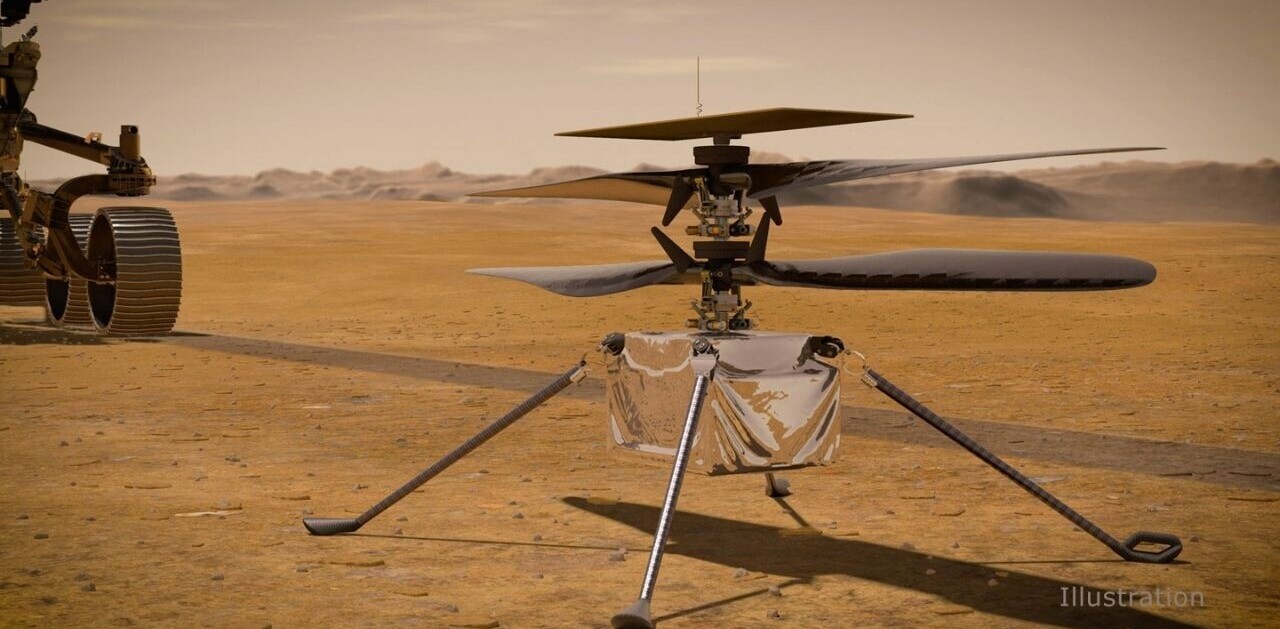Finding Mars is easy this week, as it shines brightly in the eastern sky, offering observers a chance to see a stunning view of Mars.
Mars is currently the target of multiple spacecraft, journeying to the planet in search of water, and perhaps signs of life. But, while space agencies around the globe send robotic explorers to Mars, the Red Planet also offers skygazers a chance to view the world as it shines brightly in the eastern sky each evening.
[Read: The first black hole ever photographed gets a glam up — it’s now glittering]
On October 6th, Mars will move closer to Earth than it will be at any time until the year 2035. At its closest, the Red Planet will be three times brighter than the brightest star in the sky, brighter than Jupiter, making finding Mars a breeze.
As Mars and the Earth orbit the Sun, the distance between the two worlds constantly changes. The close approach of Mars on October 6 will be the closest the two worlds will come to each other for 15 years.
Named in honor of the Roman god of war, Mars was known to ancient civilizations. Finding Mars in the night sky is usually simple if one knows where to look.
Today, we know the surface of Mars is mostly composed of basalt, similar to the ocean floors of Earth. The distinctive red color of that world comes from iron oxide (rust), which makes up approximately 1/4 of the Martian crust.
Occasionally, asteroid impacts can kick up rocks from the surface of Mars, which can escape to space under certain conditions. Some of these land on Earth.
“The oldest Mars meteorite is ALH84001, which is 4.1 billion years old. It is a rock type known as an orthopyroxenite. It also has minerals that formed by reactions between the original material and water that formed 3.9 billion years ago. The oldest known minerals from Mars are 4.4 billion-year-old zircons from a 2.1 billion-year-old meteorite,” NASA describes.
Like Earth, Mars has dunes, and the planet consists of a core, surrounded by a mantle, covered by crust. Recent studies also suggest that world may have developed rings which formed and dissipated over time.
Recent discoveries on Mars include underground Martian lakes, ice, and the possibility that life might still exist beneath the ruddy surface of that world.
“We’ve gotta become the Martians. I’m a Martian — I tell you to become Martians. And we’ve gotta go to Mars and civilize Mars and build a whole civilization on Mars and then move out, 300 years from now into the universe. And when we do that, we have a chance of living forever.” — Ray Bradbury
Mars is easily visible to the naked eye, but even a small telescope will reveal detail, including the polar ice caps of that world. The north pole of Mars is significantly larger than its south pole, just the opposite of what we see on Earth.
Unlike our home world, Mars does not possess plate tectonics, nor does it have an active magnetic field. The Martian atmosphere is exceedingly thin, and the Red Planet is accompanied by a pair of moons.
While observing Mars, look to the east, and remember to also take a look at Jupiter and Saturn, easily visible in the southwestern sky.
This article was originally published on The Cosmic Companion by James Maynard, founder and publisher of The Cosmic Companion. He is a New England native turned desert rat in Tucson, where he lives with his lovely wife, Nicole, and Max the Cat. You can read this original piece here.
Astronomy News with The Cosmic Companion is also available as a weekly podcast, carried on all major podcast providers. Tune in every Tuesday for updates on the latest astronomy news, and interviews with astronomers and other researchers working to uncover the nature of the Universe.
Get the TNW newsletter
Get the most important tech news in your inbox each week.








